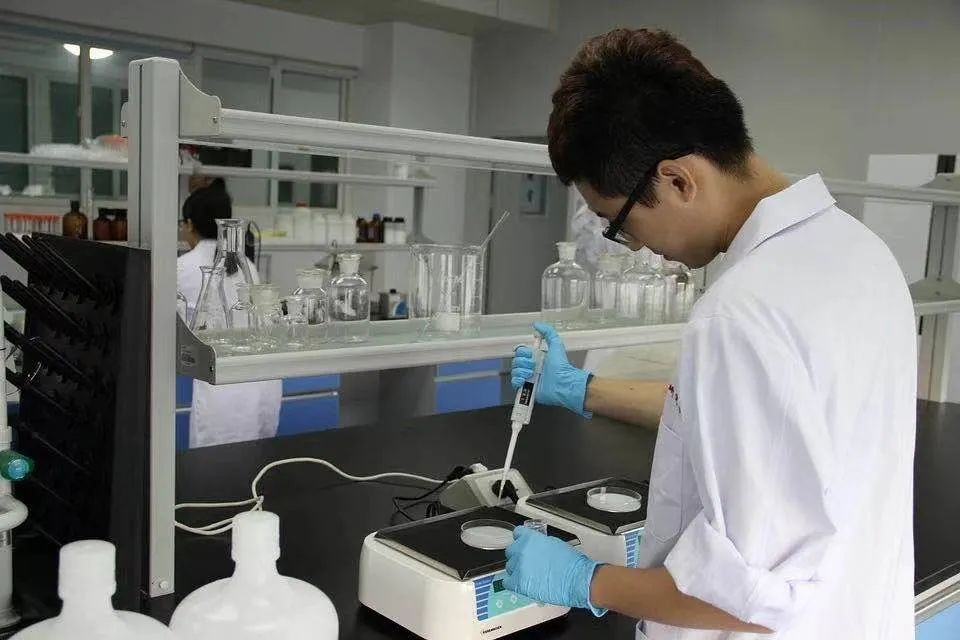With the development of high-performance concrete technology, concrete will not only have high performance in the future, but also must develop towards a green, multifunctional and sustainable development direction that is in harmony with the environment. As a new generation of polycarboxylic acid water reducer, it has played an irreplaceable advantage in concrete due to its high performance. Since the advent of polycarboxylic acid water reducer, in order to further improve its performance and reduce certain costs, different admixtures are often used for simple physical compounding. This compounding can often achieve the effect of 1+1>2, which is usually called the super-stack effect. In recent years, in the subconscious of many manufacturers and users, admixtures are regarded as “magic water”. Concrete has various problems, and the poor performance of concrete caused by changes or even deterioration of raw materials is solved by admixtures, so it often happens that they are blamed.

Let’s talk about some compounding knowledge about polycarboxylic acid water reducers and share it with you!
- First of all, it cannot be compounded with naphthalene water reducers. If the two water reducers are used in the same equipment, they will also have an impact if they are not thoroughly cleaned. Therefore, it is often required that polycarboxylic acid water reducers should be used with a separate set of equipment. Although the compounding of polycarboxylic acid water reducers with other water reducers is not completely incompatible like naphthalene, the effect is obviously not ideal. I think this compounding method is not suitable for polycarboxylic acid water reducers. The original intention of developing this water reducer is to meet the performance requirements of concrete through the design of molecular structure. Therefore, polycarboxylic acid water reducers meet different requirements with the designability and diversity of molecular structure. In view of the current situation, if polycarboxylic acid water reducers are selected, it is best not to compound with other water reducers. However, different types of polycarboxylic acid water reducers can be compounded by using their complementary properties. For example, the compounding results of our company’s GQ-104 (synthesized with C6) water-reducing type and slump-retaining type GQ-302 are: high water reduction rate, good slump-retaining performance, especially in terms of adaptability, which is significantly better than similar products from other local manufacturers.
- Compounding with other admixtures. Due to the structural characteristics of polycarboxylic acid water reducers, sodium gluconate in the retarder (in the retarding component) has good compatibility. It has poor compatibility with other inorganic salt admixtures, such as early strength agents, antifreeze agents, etc. The first problem is solubility, which makes it difficult to compound. For example: In order to improve the performance of liquid quick-setting agents, various water reducers have been tested and compounded. It was found that polycarboxylic acid water reducers formed a colloid floating on the surface during stirring due to poor compatibility. Incompatibility problems were also encountered when compounding antifreeze agents according to traditional methods. Therefore, it is inappropriate to use traditional simple compounding methods to modify polycarboxylic acid water reducers.
- Regarding the pH value of polycarboxylic acid water reducers, the pH values of polycarboxylic acid water reducers currently available are lower than those of other high-efficiency water reducers, and some are only 3-4. Therefore, they are required to be stored in glass fiber reinforced plastics, plastic containers, etc., and cannot be placed in metal containers for a long time. On the one hand, it will cause the polycarboxylic acid water reducer to deteriorate, and on the other hand, long-term acid corrosion, the life of metal containers and the safety of storage and transportation systems will be problematic. This seems to lead to another question: the long-term safety of concrete using polycarboxylic acid water reducers; will the use of acidic admixtures have an adverse effect on the steel bars in the concrete? And to what extent will it affect? Will it accelerate the neutralization of concrete and have any effect on the durability of concrete? Some long-term performance has not yet been demonstrated, and some people have raised questions, but no one has been able to answer them.
- The problem of air entrainment. Polycarboxylic acid water reducers often retain some surfactant components that reduce surface tension during the production process, so they have a certain air entrainment. These low surface tension components are different from traditional air entraining agents. In the production process of air entraining agents, some necessary conditions for producing stable, small and closed bubbles are taken into consideration. These effective components are added to the air entraining agents, so that the bubbles brought into the concrete can meet the requirements of air content without adversely affecting the strength and other properties. In the production process of polycarboxylic acid water reducers, the air content can sometimes be as high as about 6%. If it is used directly, it will have an adverse effect on the strength. Therefore, the current practice is to defoam first and then entrain air. Defoaming agent manufacturers can often provide it, while air entraining agents sometimes need to be selected by the application unit. Polycarboxylic acid water reducers with different molecular structures are also selective for different air entraining agents, and they are closely related to the mixing method. For example, the air content of the concrete prepared in the laboratory can meet the requirements, but when it is sampled at the site for pouring, the air content has changed. This should be paid special attention to. The reason may be caused by the mixing method and mixing time. The low surface tension substances contained in the components of polycarboxylic acid water reducers also have their advantages for concrete. In a sense, it is like adding some shrinkage reducers in advance. Therefore, the concrete shrinkage value of polycarboxylic acid water reducer is smaller than that of ordinary high-efficiency water reducer, which brings excellent performance of good concrete volume stability. As a new generation of high-performance concrete water reducer, polycarboxylic acid water reducer undoubtedly has outstanding advantages and strong vitality. However, any new thing also has its two sides. Only by being good at developing its advantages, improving its shortcomings, and correctly understanding its application can the greatest effect be achieved. In the future, how to further carry out the research and development and application technology of polycarboxylic acid water reducer in a targeted manner will be a long way to go.
